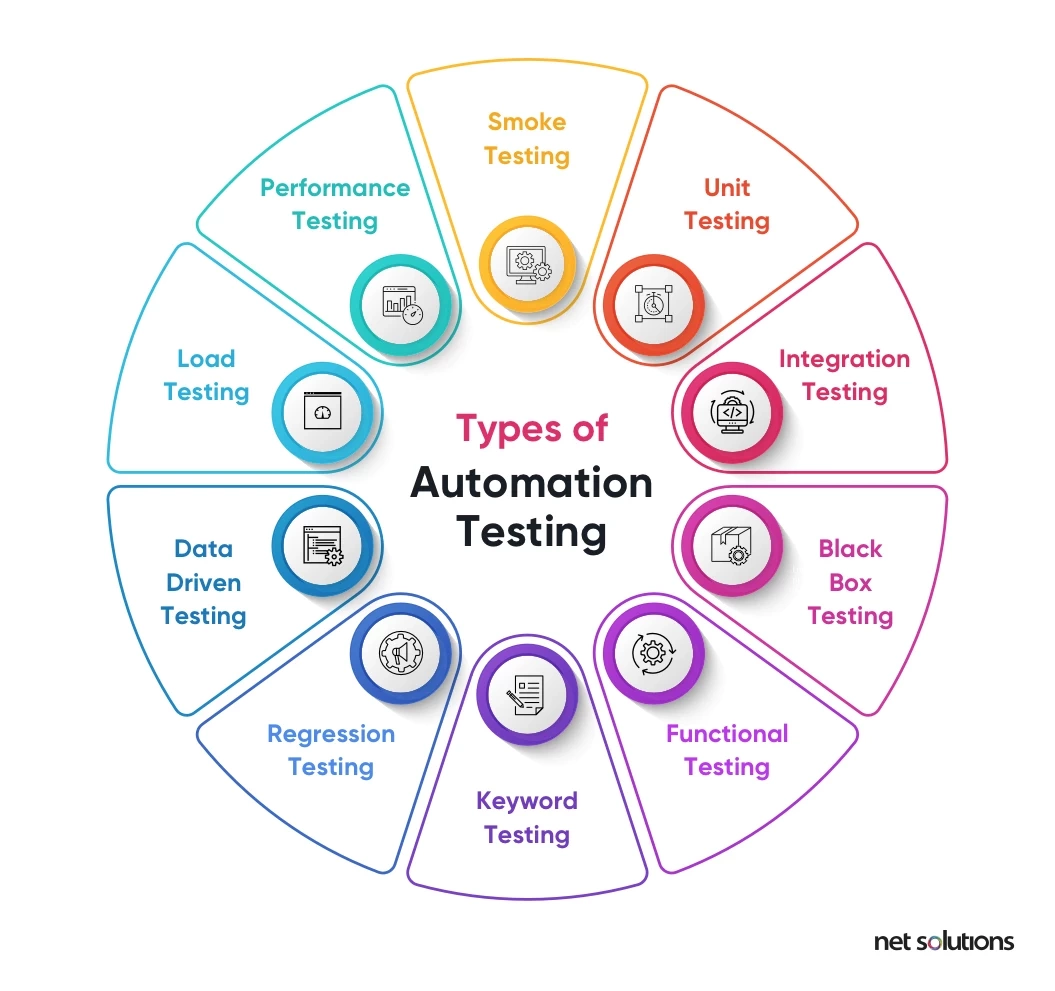Discovering the Future of Automation Testing in Software Program Advancement
Discovering the Future of Automation Testing in Software Program Advancement
Blog Article
From Handbook to Automated Screening: A Comprehensive Overview to Transitioning Smoothly and Properly
In the world of software application testing, the shift from guidebook to automated processes has become a significantly essential shift for organizations seeking to improve efficiency and precision in their screening methods. The trip from guidebook to automated testing is not without its obstacles, yet when approached tactically and with a clear plan in mind, the advantages can be substantial.
Advantages of Automated Checking
Automated testing supplies various benefits, enhancing performance and precision in software program advancement procedures. Automated tests can be run at the same time on numerous gadgets and running systems, dramatically speeding up the screening phase compared to hands-on screening.
Furthermore, automated screening ensures a higher level of precision in finding issues. Consistency in screening is additionally improved, as automated examinations implement the exact same steps specifically each time they are run.
Picking the Right Tools

First of all, assess your needs and purposes. Recognize the range of your job, the technologies entailed, and the skill set of your group. This analysis will assist you figure out the abilities and functions you require in your testing tools.
Second of all, think about the compatibility of the tools with your existing processes and systems. Seamless assimilation with your existing software program growth lifecycle is important to guarantee a smooth transition to automation.
Additionally, assess the scalability and flexibility of the tools. As your testing requires evolve, the tools should have the ability to adjust and fit adjustments efficiently.
Last but not least, consider the support and community around the devices. Durable assistance and an energetic user area can provide useful sources and assistance when executing automated testing. By carefully considering these aspects, you can pick the right tools that straighten with your demands and set the phase for a successful change to automated testing.
Creating Reliable Examination Manuscripts

When crafting examination scripts, it is necessary to take into consideration the specific demands of the software being evaluated and make certain that the scripts resolve all essential functionalities. Clear and descriptive naming conventions for test manuscripts and examination cases can improve readability and maintainability. In addition, integrating mistake handling devices within the examination manuscripts can help in identifying and dealing with issues immediately.
Moreover, organizing test manuscripts right into modular elements can boost reusability and scalability, decreasing redundancy and enhancing performance in examination manuscript upkeep. Normal testimonials and updates to evaluate scripts are crucial to equal evolving software application requirements and performances. By adhering to these concepts, testers can produce reliable and durable test scripts that contribute dramatically to the success of automated screening processes.
Integrating Automation Into Workflows
By seamlessly integrating automated screening tools like Selenium or Appium right into the software growth lifecycle, groups can accomplish faster feedback on code changes, leading to quicker insect discovery and resolution. This integration enables for continuous testing throughout the development process, guaranteeing that any type of issues are recognized early on, resulting in greater software top quality. Appropriate combination of automation tools requires collaboration between growth, testing, and operations groups to establish a unified operations that optimizes performance and performance in supplying premium software application recommended you read items.
Ensuring a Smooth Shift
Effectively transitioning to automated screening involves thorough planning and cautious execution to lessen interruptions and make the most of efficiency in the software advancement procedure - automation testing. To ensure a smooth transition, it is vital to start by performing a detailed assessment of the existing testing processes and recognizing locations where automation can bring the most considerable advantages. Involving with all stakeholders early on in the process, including programmers, testers, and job managers, is critical for garnering support and buy-in for the automation initiative
Communication is vital throughout this change phase. Clear communication of the goals, advantages, and assumptions of automated testing helps to handle any type of resistance or worries that might emerge. In addition, supplying adequate training and resources for staff Read Full Report member to upskill in automation devices and strategies is important for guaranteeing a successful transition.

Conclusion
Finally, transitioning from guidebook to automated screening provides many benefits, consisting of boosted performance and dependability. By selecting the appropriate devices, writing reliable examination manuscripts, and integrating automation perfectly into operations, organizations can make certain a smooth and effective transition. It is important to embrace automation as a useful possession in software application screening procedures to improve overall high quality and productivity.
In the world of software application screening, the shift from handbook to automated processes has actually become a progressively crucial change for companies seeking to boost effectiveness and precision in their testing practices. Automated tests can be run concurrently on multiple devices and running systems, considerably speeding up the screening stage compared to hand-operated screening. Consistency in testing is additionally improved, as automated examinations implement the same steps precisely each time they are run.To make sure the effective execution of selected screening tools, the development of effective examination scripts plays an essential function in validating the functionality and efficiency of automated procedures - automation testing. By complying with these principles, testers can develop durable and effective test manuscripts that look at here now add significantly to the success of automated testing processes
Report this page